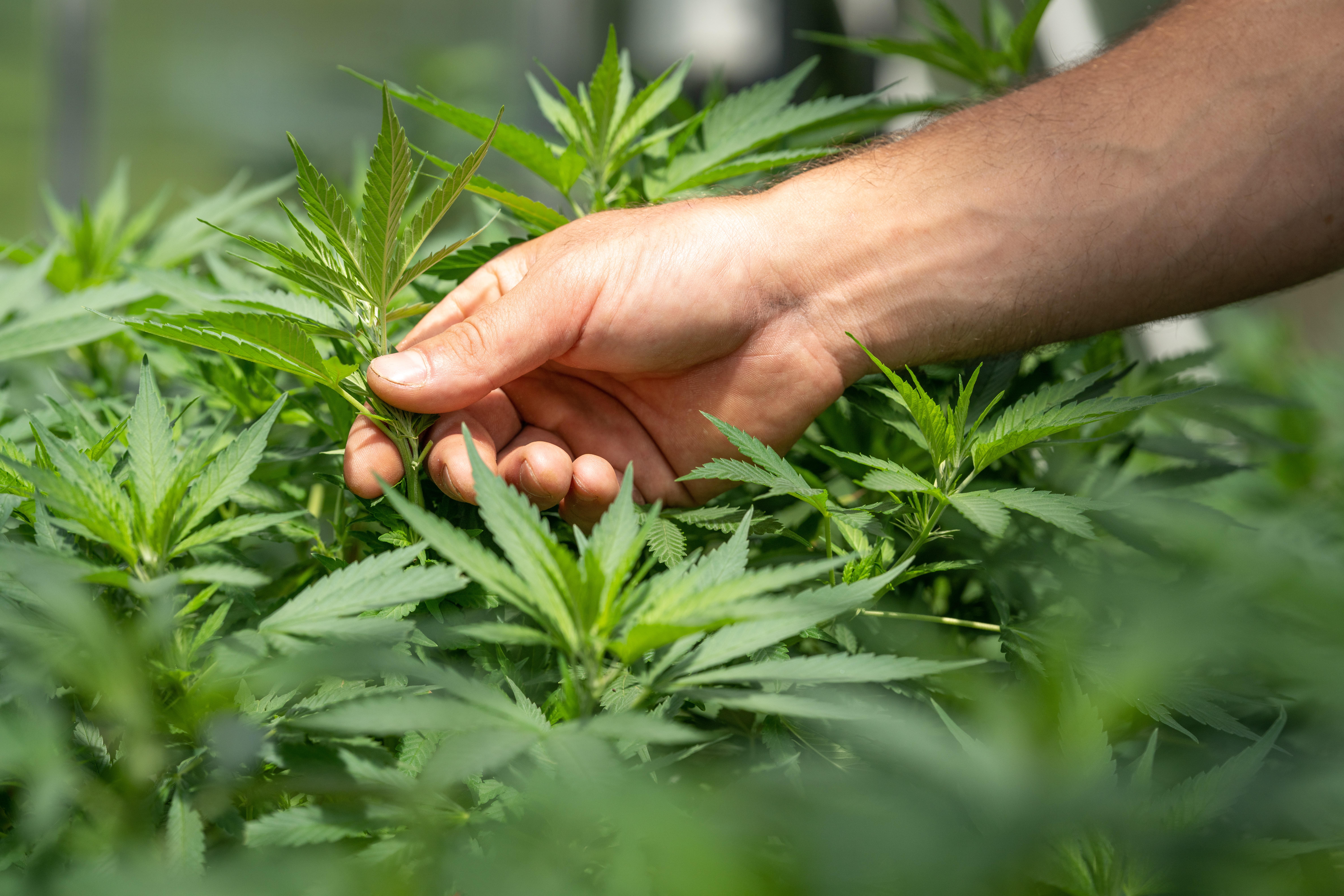We may already know some vital information about how CBD is derived and the potential ways in which it could be utilized. However, most of us still have little knowledge about its origin, and the long journey CBD oil has undergone. Let’s make a quick rewind to unfold the history of CBD and appreciate it a bit more.
Hemp, where CBD is derived, is said to be one of the plants cultivated by the ancient people in the world. This plant plays a vital part in human history. Carl Sagan, a famous astrophysicist, gave the theory that hemp is the first-ever agricultural crop and leads in today’s innovation of civilization.
What is CBD Oil?
Cannabidiol, which is popularly known as CBD, is a component that is found in both hemp plants and cannabis. These plants are being actively investigated for their potential use in wide variety of health and wellness products. Until now, there are still some concerns when it comes to the legalization of cannabis and hemp in some countries. However, cannabinoids are utilized as an ingredient of various medications and wellness products and are still being actively researched.
Interesting Historical Points of CBD
It was in 2737 BC that the first recorded use of cannabis-related medicine was known when the Emperor Sheng Nung from China utilized a cannabis-infused drinking tea. He used it to treat various illnesses, including gout, malaria, memory loss, and rheumatism. Some sources also stated that Queen Victoria, who reigned until 1901, is also believed to have utilized CBD to relieve her menstrual cramps. In more modern times, however, the popularity of CBD has been affected due to a lack of scientific resources that would support its medicinal claims.
These instances were not isolated, as in 1839 William O’Shaughnessy, an Irish medical researcher and physician, published a study that that looked into the possible therapeutic effects of cannabis. The study also stressed the potential medical benefits when used as an anesthetic.
Shaughnessy’s discovery about cannabis picked the interest of a whole new industry based on the potential of this plant. His study was also believed to be the way how the discovery of the cannabinoids happened.
Cannabinoids: The Discovery and its Promising Future
Almost a century after O’Shaughnessy shared with the world his study about cannabis, and there have been noticeable advancements and developments in the search for further benefits of hemp and cannabis plants.
Robert S. Cahn, a British chemist, first reported the discovery of the partial structure of Cannabinol (CBN). In 1940, he then identified this as a fully formed, which gives further hope to other experts to develop more exciting discoveries about CBD.
There are also claims that CBD was first developed from hemp plants in the year 1940 when Dr. Roger Adam and his team at the University of Illinois discovered the compound. Unfortunately, at that time, they failed to realize that what they had discovered was in fact CBD.
Two years later, Roger Adams, an American chemist, created a milestone in history by having successfully isolated the now-famous Cannabidiol (CBD). His study has also opened the door of opportunity in the discovery of tetrahydrocannabinol (THC). From then on, more and more health experts and scientists became more interested in discovering the biological composition of cannabinoids and the role it could play in pharmacology.
Dr. Raphael Mechoulam developed the first breakthrough in the understanding of the effects of cannabinoids in 1963. He was able to identify the stereochemistry of CBD successfully. In 1964, Dr. Mechoulam made another amazing breakthrough when he found out the stereochemistry of THC.
As more studies have been made, a significant victory was achieved when New Mexico passed the1978 Controlled Substances Therapeutic Research Act, which legally recognized the value of medicinal cannabis. It was then highlighted when Dr. Mechoulam and his team made a study on the possible application of cannabidiol as a possible alternative to epilepsy treatments. They found that administering doses of CBD to their research subjects contributed to a reduction in their seizures.
It was a promising breakthrough that offered the possibility of changing the millions of people around the world who have epilepsy. However, the discovery was not shared publicly at that time due to various stigmas relating to cannabis. The good thing is that the work of Dr. Mechoulam about cannabis started the many other discoveries that are beneficial nowadays.
After less than a decade, people became more interested in the therapeutic applications of CBD. which led to more studies being made. This spike in interest is attributed to the understanding of the body’s Endocannabinoid System (ECS). ECS is known to be a network of receptors that connect with the receptors present in cannabinoids.
So, it was in 1988 when the first cannabinoid receptor was known. It was actually the endocannabinoid system that was first discovered in mammals. The succeeding years were spent on more research on the endocannabinoid system. Those studies led to the successful cloning of receptors named CB1 and CB2 by Lisa Matsuda. This unfolded hopes and scientists and medical experts finally start to fully explore ECS and its role in regulating the health of the human body.
Final Thoughts
The history of CBD is undeniably fascinating. It will be helpful if we continue to learn more about this compound since it is becoming more evident that CBD is a promising substance for many industries. We will hopefully see more research in this area that can help us understand its true implications regarding the benefits and risks that can be associated with its long term use.





